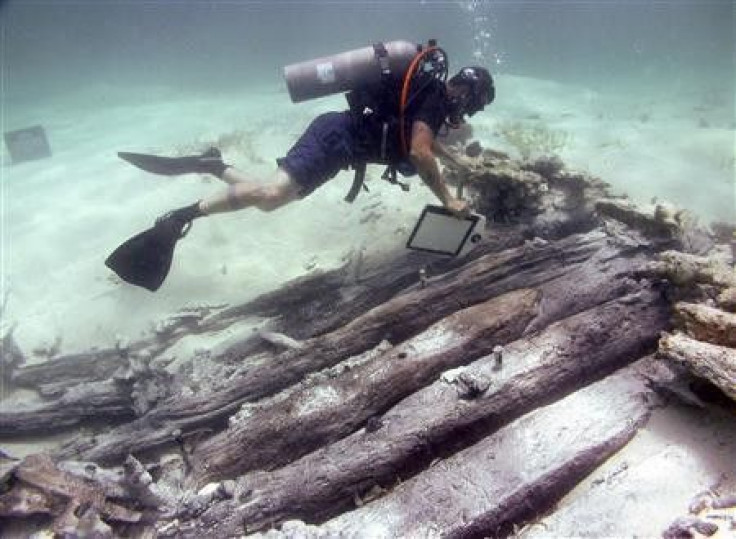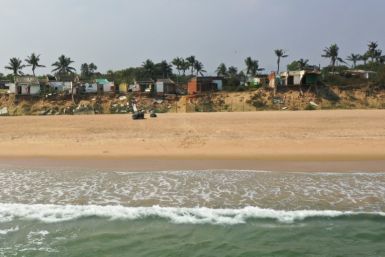Rare Metal Found In Ancient Sunken Ship

Underwater explorers have discovered unidentified pieces of cast metals from a shipwreck that dates back 2,600 years ago. Italian archaeologist Sebastiano Tusa told Discovery News that the collection of 39 ingots found on the seabed is a unique find and believes that these may be the mythical metal, orichalcum. The sunken ship is 10 feet deep and 1, 000 feet off the Sicilian shoreline. Although orichalcum was only introduced to the modern world through early literature, the divers think that the recent find is the metal Plato has once described. Ancient Greeks believed that orichalcum abounds in the lost city of Atlantis. The Romans also knew of this metal and called it "copper gold."
To determine the composition of the 39 ingots, the archaeological team had the cast metals undergo x-ray fluorescence analysis. It turns out that the metals are composed mainly of copper and zinc with small traces of iron, nickel and lead. The discovery of these metals implies the presence of artisan workshops in the coastal town of Gela in southern Sicily, which flourished during the time of Greek colonisation in 689 B.C. The ship that sank 2,600 years ago may have been transporting goods to the island while sailing through stormy tides.
Until now, the components and roots of orichalcum is being contested. Some experts compare it with amber or other copper-based compounds, but most think that this alloy is more like brass. Dr Enrico Mattievich, a retired physics professor and specialist on mineralogy, believes otherwise and posits that orichalcum was made by ancient Peruvians during the Chavin Era because it resembles the composition of metallic alloys found in some Pre-Columbian artifacts. Also, the ancient people of the Andes were known for their advanced skills in metalworking processes. Mattievich says that the metals found by Sebastiano Tusa and associates are not orichalcum but rather pieces of alloys made of copper, zinc and lead.
While classification of the 39 ingots continues to stir up more scholarly discussions, the archaeological team will push through with next phase of exploring the 6th century sunken ship and its contents. Prior to this discovery, a shipwreck off an Aeolian Island was detected by American divers in 2010 and was explored in 2014.
To report problems or feedback on the content, email: jm_panganiban@ibtimes.com.au






